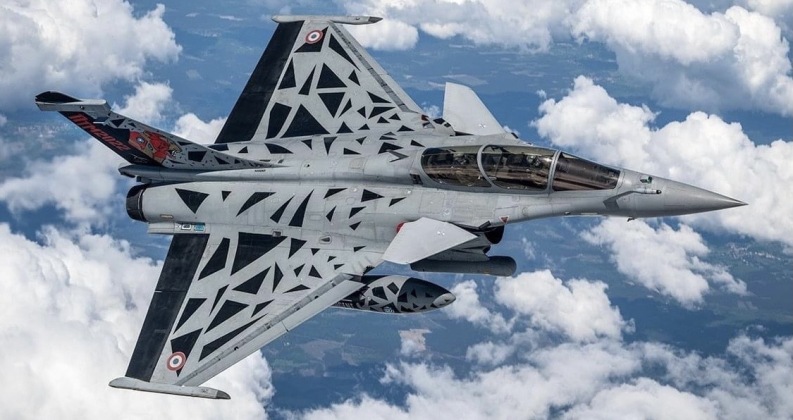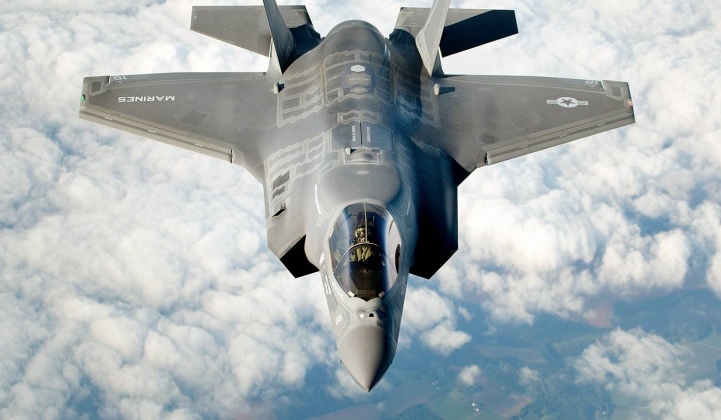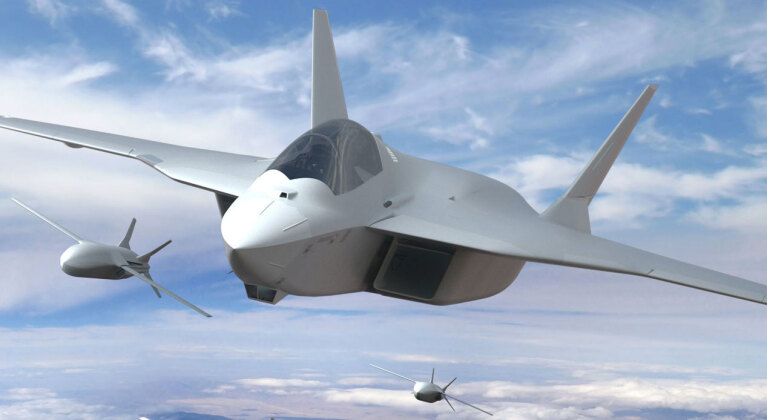News
France Purchasing 61 New Rafale Fighters as Replacement Stealth Program Faces Extreme Delays
French budget documents have revealed that orders are planned to procure 61 new Rafale fighter aircraft for both the Air and Space Force and the Navy, as the country has significantly increased its defence spending in line with broader trends seen across the Western world. A further two fighters may be procured to replace the two lost in an August 2024 midair crash. The planned procurement is expected to facilitating the phasing out of older Mirage 2000 fighters, while bolstering the country’s nuclear forces with a doubling of the number of nuclear-capable fighters in service, and modernising the country’s sole aircraft carrier air wing with more modern variants of the carrier-capable Rafale M. In March 2023 French President Emmanuel Macron announced the planned opening of a fourth airbase hosting with nuclear-capable fighter aircraft, namely Luxeuil Air Base in eastern France, with a Rafale squadron expected to arrive at the facility in 2032 and gain nuclear capabilities the following year, followed by a second operational squadron in 2036.

The French Air and Space Force currently fields 40 nuclear-capable Rafales, with new procurements expected to facilitate a significant expansion of these numbers. France remains one of four nuclear weapons states not to have ordered fifth generation stealth fighters, and may be the last to rely exclusively on fourth generation fighters for nuclear delivery, as Pakistan, India and North Korea are all expected to place orders for fifth generation fighters in the coming years. The Rafale itself has seen its export prospects seriously undermined by its inability to compete on the same level with advanced fifth generation fighters, with the aircraft losing every tender in which it has competed against the American F-35. The Rafale program has as a result relied heavily on both domestic orders and on sales to countries which for political reasons cannot consider the F-35, such as Indonesia and Egypt.

The Rafale’s export prospects were undermined in May after its first high intensity combat test, during which between one and four of the aircraft flown by the Indian Air Force were neutralised during engagements with Pakistan Air Force’s Chinese-supplied J-10C ‘4+ generation’ fighters, which are among China’s lower end fighters in production today. Like many European states, France has faced a dilemma between supporting local industry to produce less capable fighters, or making sacrifices to procure much more capable F-35 fighters from the Untied States. The United Kingdom has selected the latter option, ending Europfighter procurements and investing heavily in the F-35 program, while Germany has hedged between the two and expanded orders for both the F-35 and the Eurofighter. France’s unwillingness to consider F-35 procurements has seriously limited the potency of its fighter fleet, leaving its elite units with significantly poorer capabilities than those of all other major Western air forces.

The decision to increase Rafale procurements is likely to have been influenced by the major shortcomings in the German and French led Future Combat Air System (FCAS) next generation fighter program, which has faced growing difficulties, raising questions regarding its viability. It was reported in September that officials at the German Defence Ministry were considering options to leave the program entirely. The program is not expected to produce a fighter for over two decades, with Dassault CEO Eric Trappier having observed regarding as early as 2021 that “[The target of] 2040 is already missed, because we already stall, and the discussions of the next phase will surely also be long… so we rather aim for the 2050s.” As a result of these delays, the Rafale is expected to be relied on in France’s elite fighter units for at least two more decades. The Rafale already considered increasingly obsolete in the face of top tier competition such as the F-35 and J-20, which is an issue that will worsen as China brings its first sixth generation fighters into service in the early 2030s, closely followed by the United States with the F-47 fighter.












